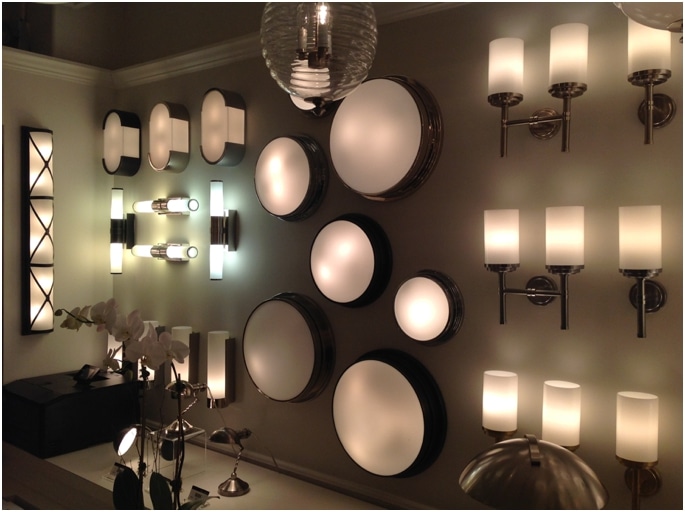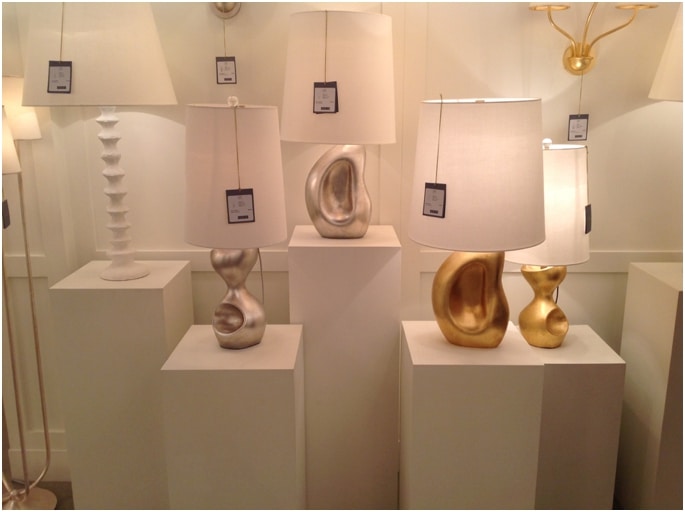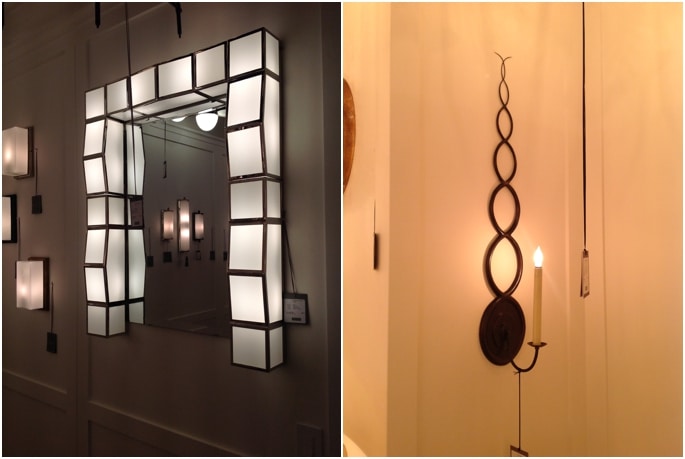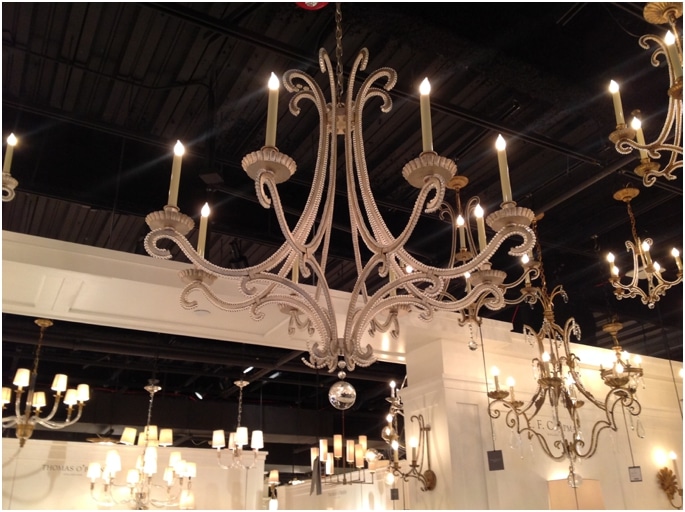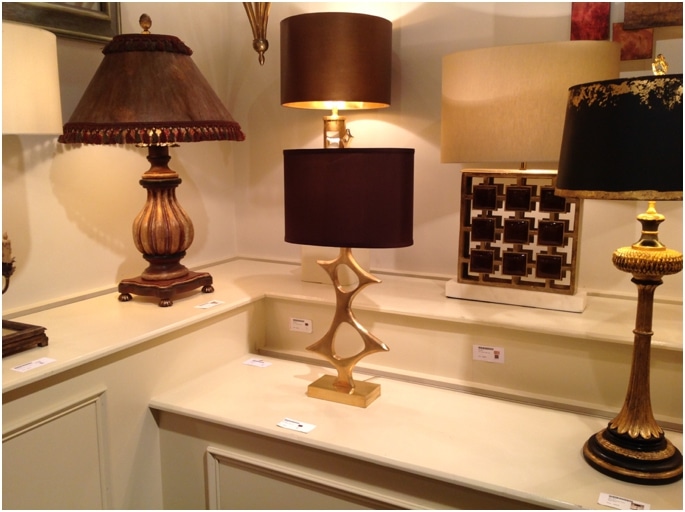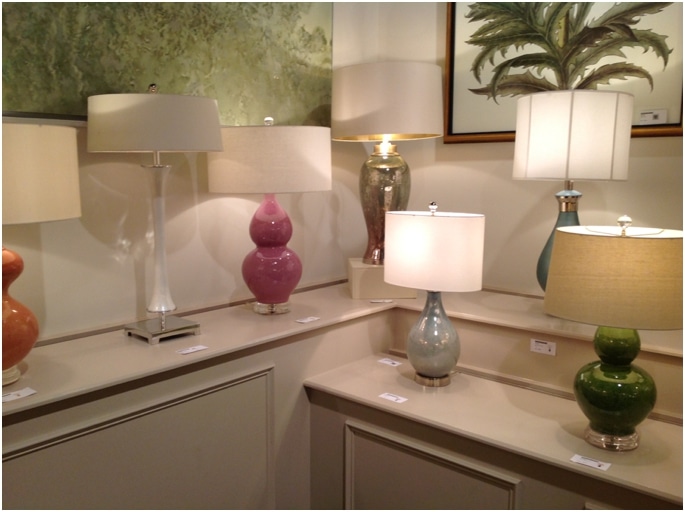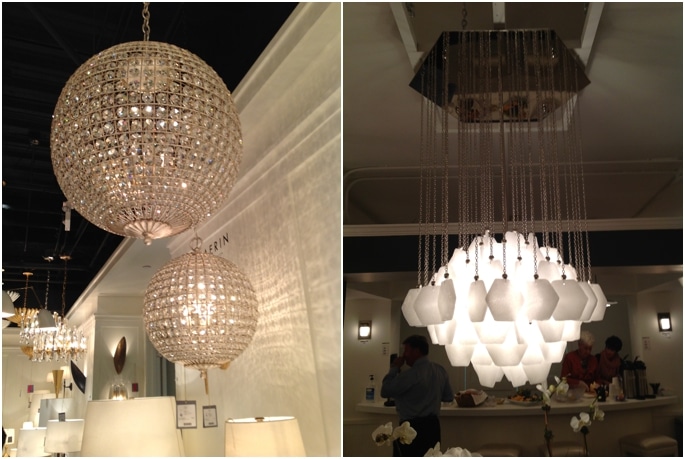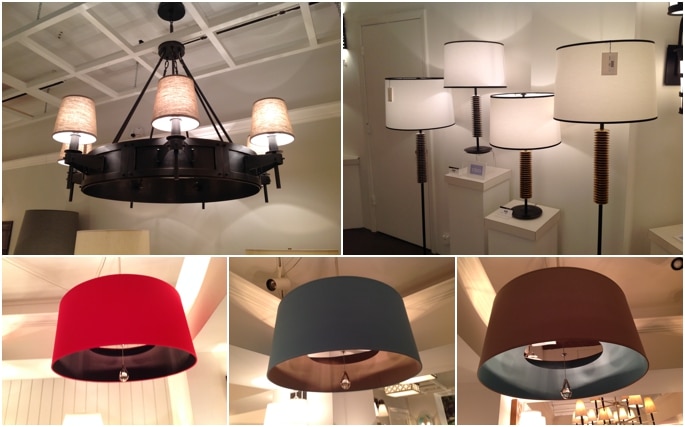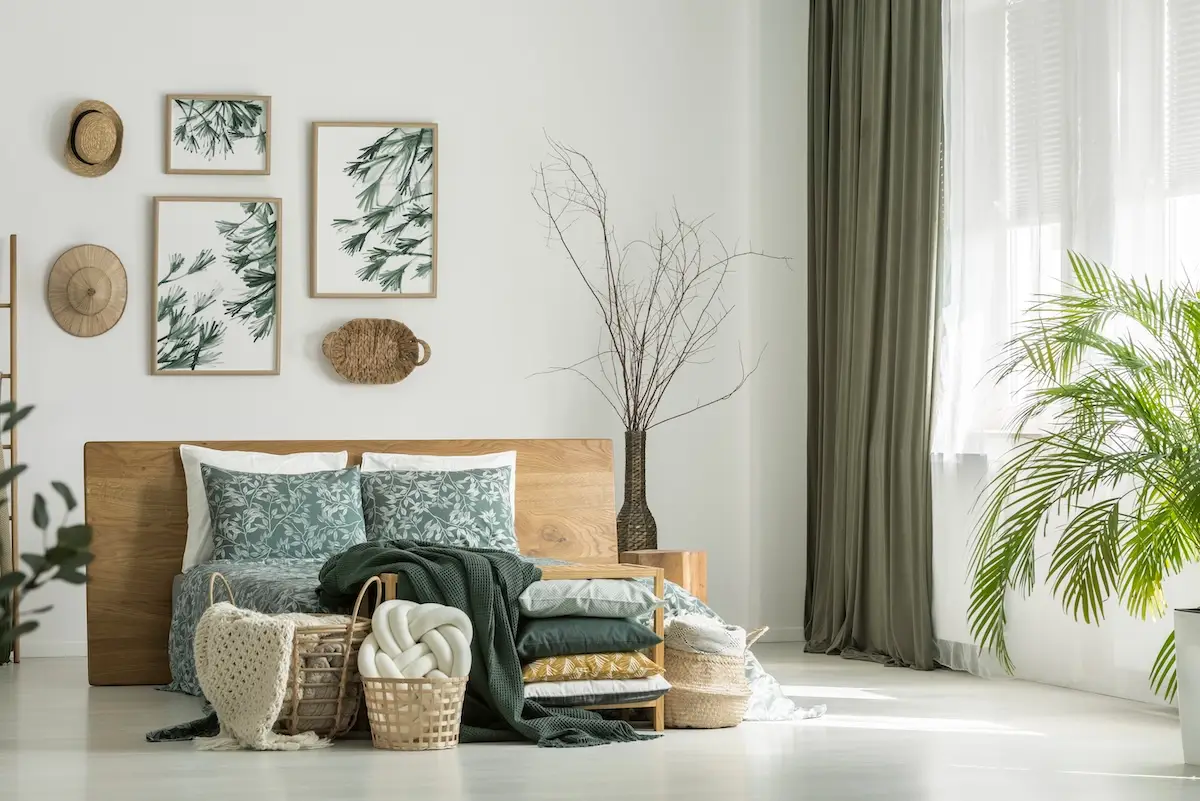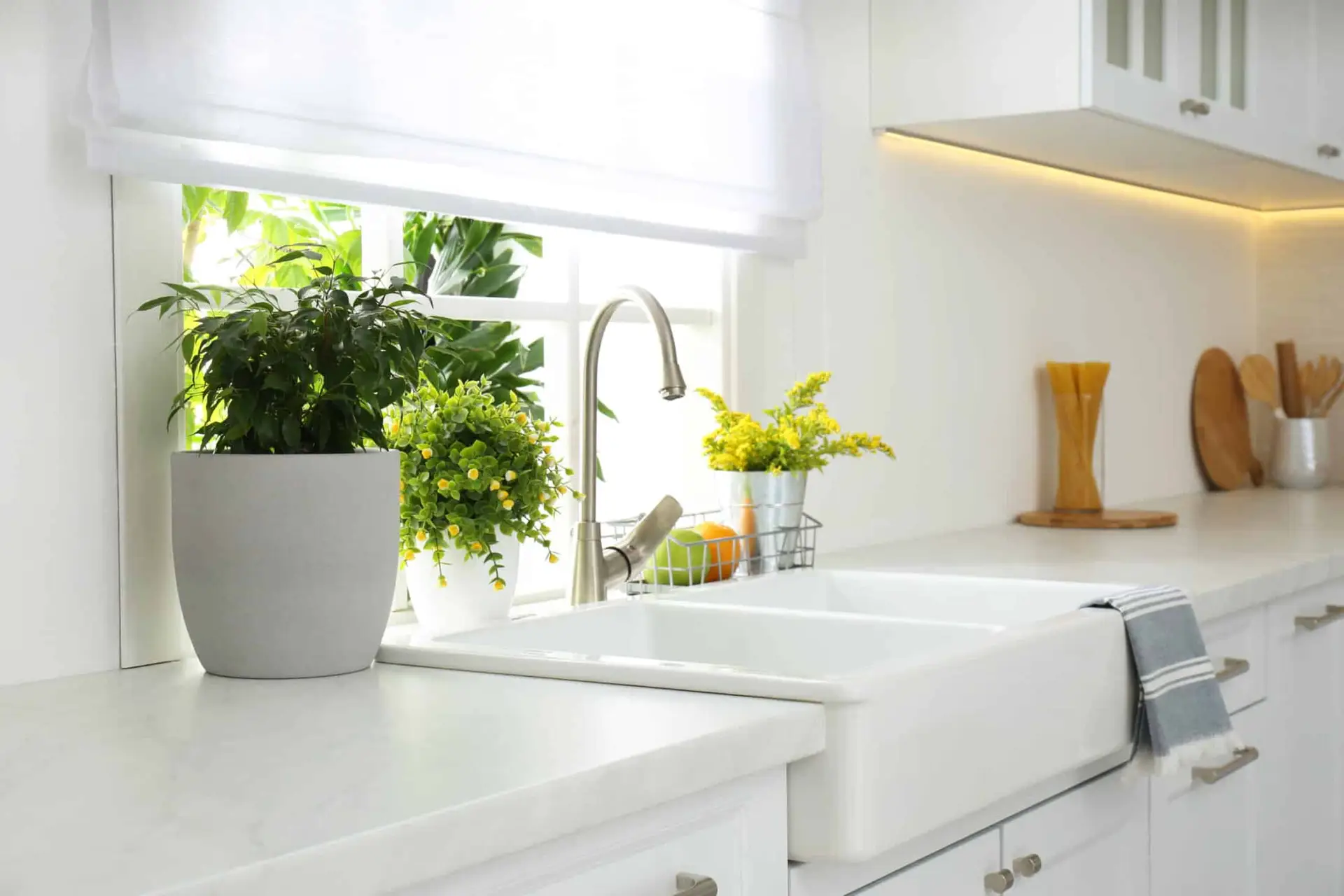The easiest way to understand lighting is to think of it as these three basic types: General or Ambient, Accent and Task Lighting.
GENERAL (AMBIENT) LIGHTING
This is usually your primary source of light in the room. It can allow for entrance and egress, function within the room and also tasks (yet isn’t specific to these tasks). It can come from recessed ceiling lights, a pendant/chandelier or ceiling mounted lights as in a closet or Laundry Room. It usually provides a fairly even distribution of light around the room and is not usually your dramatic mood lighting.
ACCENT LIGHTING
Exactly what it sounds like: it provides an accent light source to highlight art or an architectural feature, a piece of furniture, a sculpture or even a plant. This light source can come from an adjustable recessed light, a track light, a mono-point ceiling or wall mounted light, a wall sconce, a picture light, a table lamp, cove lighting, or in-the-floor up-lighting. Accent lighting has a more specific subject to light than the broader focused general lighting.
TASK LIGHTING
It lights an area where a task is being performed. It is usually in addition to the other types of light in the room and rarely used alone. It can be used for reading, cooking, sewing, writing, applying make-up, etc. Some sources of task lighting are under cabinet lights in a kitchen, vanity lights in a bathroom, a reading lamp or desk lamp, adjustable recessed lights directly over a bed for nighttime reading.
Keep in mind that some fixtures can be dual or triple function. For instance a chandelier over a dining table could be general lighting for the room when not in use, accent lighting when it’s dimmed for dinner parties and task lighting when using the dining table for a task.
We feel the best lighting plans incorporate all three types of lighting. So how does one go about planning your lighting? Well ideally you call in a professional interior designer or lighting designer, but here are some general rules of thumb. First one must know what you want to light. Then where can you locate the light source, on the ceiling, wall, or someplace else? Followed by what is the best light source (i.e. “lamp” in professional terms or “bulb” in layman’s terms) to light the subject, followed by selecting the best fixture to house the bulb, and a fixture that must also be appropriate for the space.
Once you have decided all these factors and incorporated all three types of lighting you can play with the different lighting controls and systems to enhance your lighting design. We find that most mistakes in lighting design come from under lighting or over lighting a room. Be mindful of glare and sufficient wattages when selecting your lighting. When in doubt use dimmers; they save electricity and extend the life of your bulbs.
